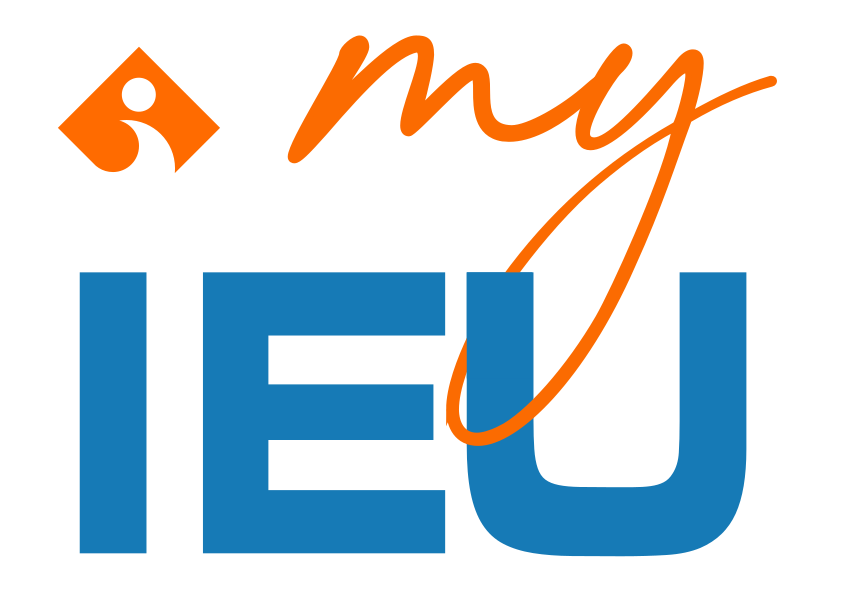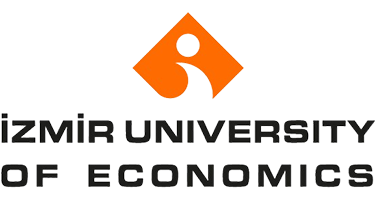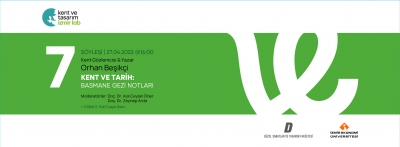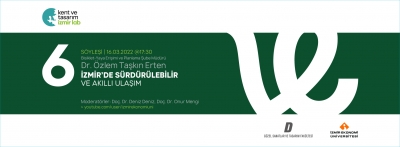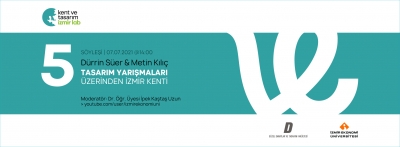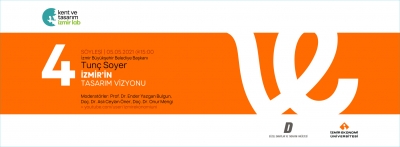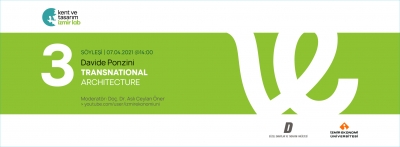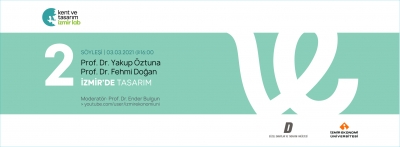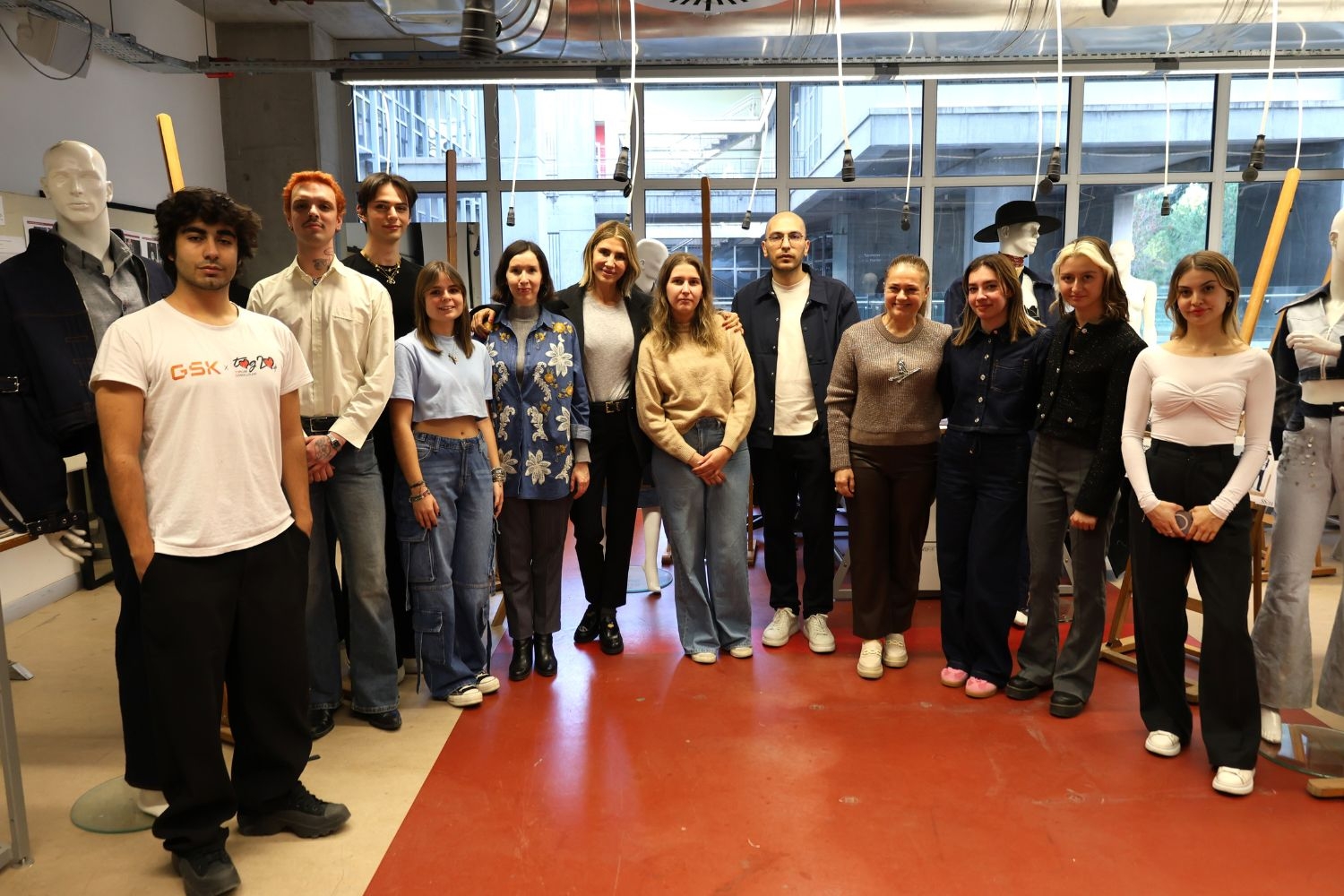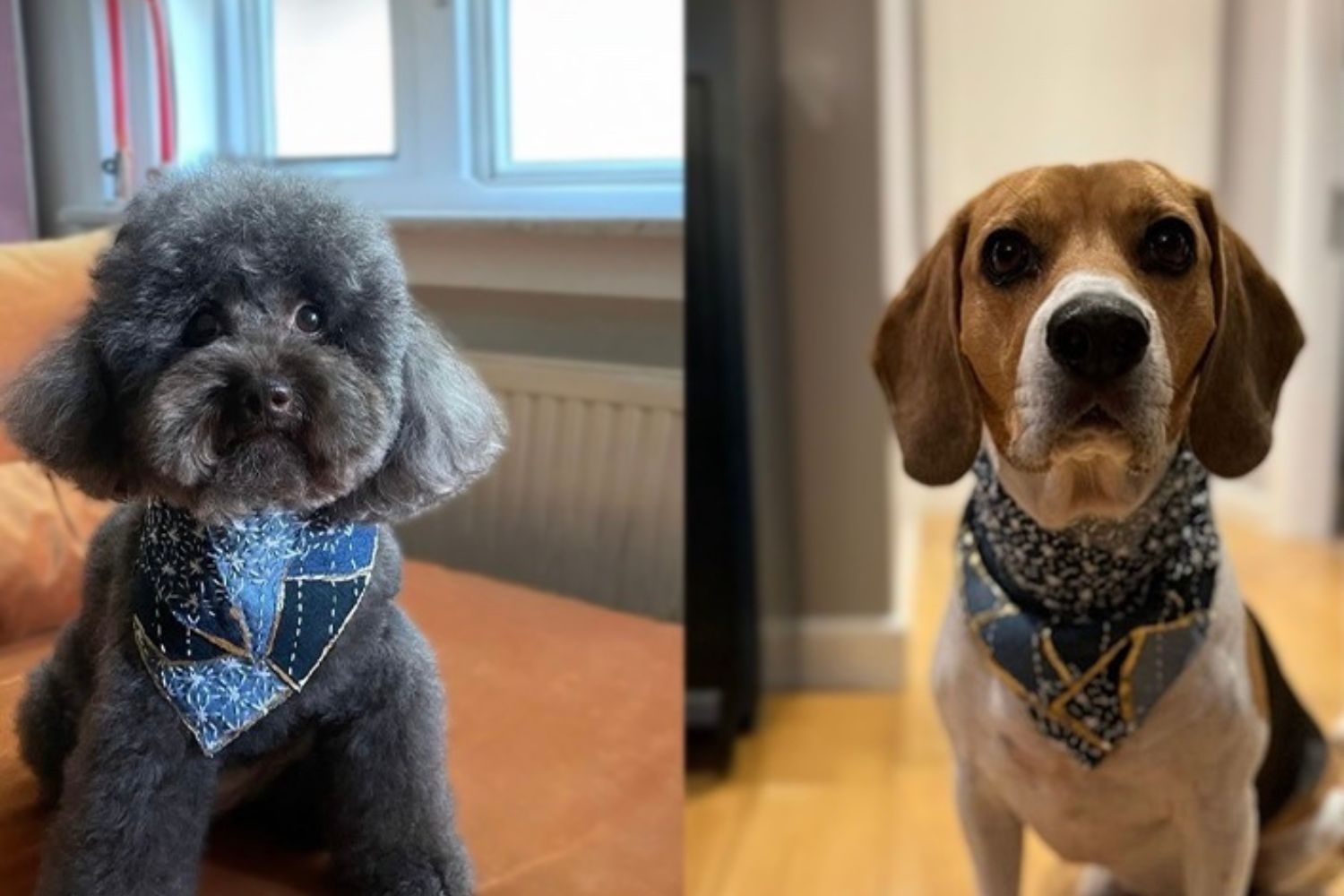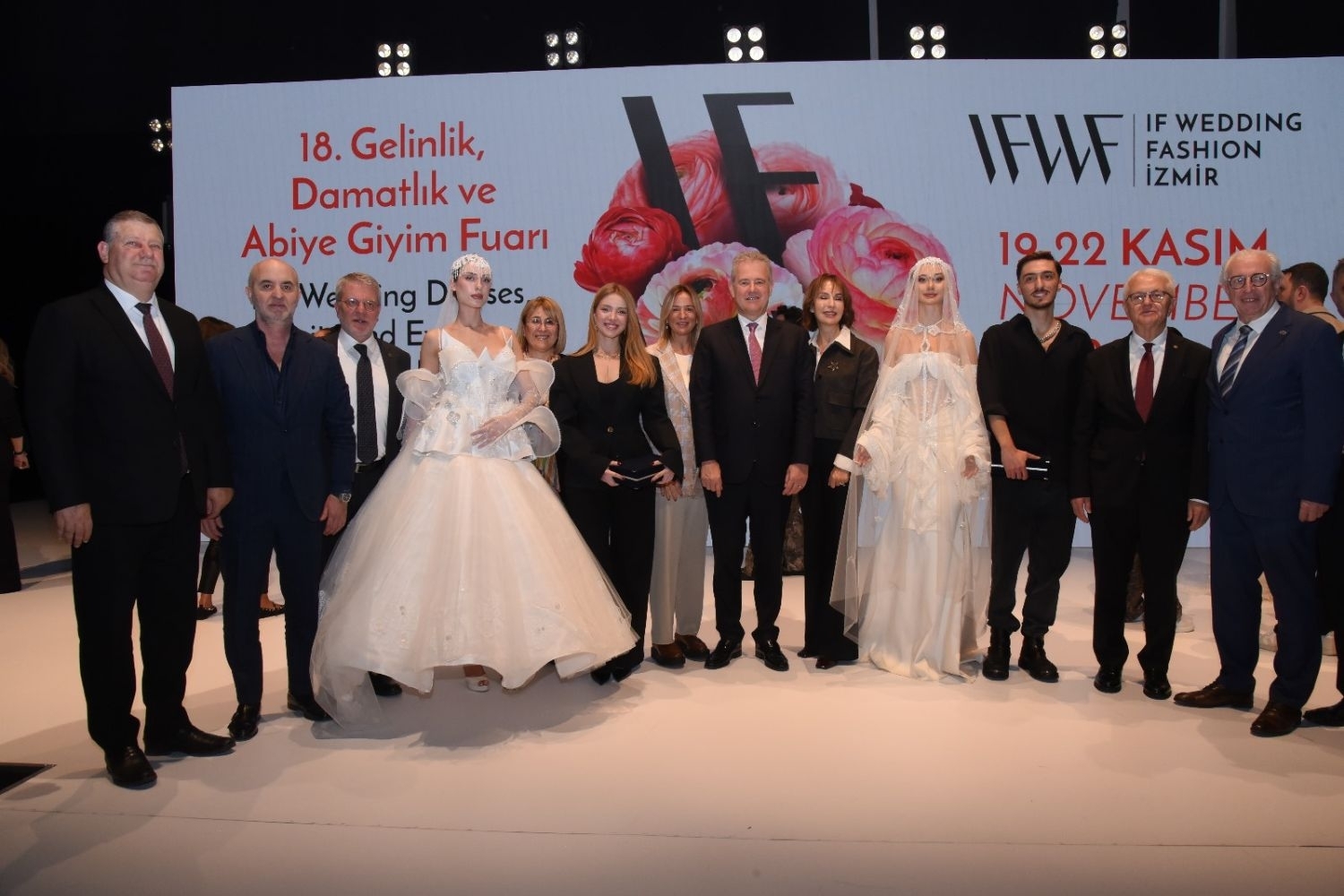FACULTY OF FINE ARTS AND DESIGN
Department of Textile and Fashion DesignGEET 311 | Course Introduction and Application Information
| Course Name |
Politics of Human Rights
|
|
Code
|
Semester
|
Theory
(hour/week) |
Application/Lab
(hour/week) |
Local Credits
|
ECTS
|
|
GEET 311
|
Fall/Spring
|
3
|
0
|
3
|
4
|
| Prerequisites |
None
|
|||||
| Course Language |
English
|
|||||
| Course Type |
Service Course
|
|||||
| Course Level |
First Cycle
|
|||||
| Mode of Delivery | - | |||||
| Teaching Methods and Techniques of the Course | DiscussionLecture / Presentation | |||||
| National Occupation Classification | - | |||||
| Course Coordinator | ||||||
| Course Lecturer(s) | - | |||||
| Assistant(s) | ||||||
| Course Objectives | This course is designed to introduce students with the development of human rights as a global phenomenon, an international legal regime transgressing state borders. Our aim is to explore certain questions pertaining to human rights: What is it that we call “human rights”? In what historical periods can we locate progress and expansion in human rights? What do human rights stand for/against? What does it mean to have human rights with a claim to universality? By giving priority to primary texts and documents on human rights, we will try to understand this historical, legal, and political concept both in theory and practice. |
| Learning Outcomes |
The students who succeeded in this course;
|
| Course Description | Our course will proceed on the basis of three parts. In the first part, we will have a general introduction to the course, and will read the Universal Declaration of Human Rights of 1948 adopted by the United Nations. In this part, we will also spend time on a broad yet somewhat nuanced enough trajectory of human rights. In so doing, we will try to diagnose and shed light upon certain keystones, radical shifts, and arguably progressive moments in historical development of conceptual, political and legal articulations of human rights. In the second part, we will focus on the early 20th century developments on human rights; such as the two world wars, the Nuremberg Trials, and the international recognition of “crimes against humanity” and genocide. We will spare our last few weeks on the decolonization period onwards. In this part we will discuss issues such as right to self-determination, child labor, migrant workers, and rights of persons with disabilities. |
| Related Sustainable Development Goals |
|
|
Core Courses | |
| Major Area Courses | ||
| Supportive Courses | ||
| Media and Management Skills Courses | ||
| Transferable Skill Courses |
WEEKLY SUBJECTS AND RELATED PREPARATION STUDIES
| Week | Subjects | Related Preparation |
| 1 | Introduction to the course: Presentation and an overview of the course, course organization, requirements and methods of evaluation | |
| 2 | Defining the Concept of Human Rights | Carey, et. Al. (Cambridge University Press, 2010): “The Politics of Human Rights”, pp.7-39 |
| 3 | Historical Development and Philosophical Justifications of Human Rights | Andrew Clapham (Oxford University Press, 2007): “Human Rights – a Very Short Introduction”, pp.23-56 |
| 4 | Human Rights and Political Theory | Hannah Arendt – The Perplexities of the Rights of Men in Origins of Totalitarianism |
| 5 | Genocide and Crimes against Humanity | UN Charter, Nuremberg Trials, Convention on Genocide (1948) Andrew Clapham, “Persecution of International Crimes,” in Human Rights: A Very Short Introduction, (NY: Oxford University Press), pp. 33-42. |
| 6 | Rights of refugees, migrants, prisoners of war and prevention of torture | UN Convention Relating to Status of Refugees (1951) Sabine C. Carey et al. “The Politics of Human Rights”, pp. 73-86. |
| 7 | Midterm I | |
| 8 | Human Rights and Political Theory | Jaques Ranciere – “Who is the Subject of Rights of Men?” |
| 9 | Human Rights and Political Theory | Martha Nussbaum – “Capabilities and Human Rights |
| 10 | Cultural Rights as Human Rights | Henriette Dahan Kalev, 2004, “Cultural Rights or Human Rights: The Case of Female Genital Mutilation” Sex Roles, Vol. 51, No. 5/6. |
| 11 | Human rights in Turkey | Zehra Kabasakal Arat, “Collisions and Crossroads: Introducing Human Rights in Turkey”. |
| 12 | Midterm - II | |
| 13 | Human Rights and Political Theory | Bruce Ackerman – “We the People” Introduction |
| 14 | Human Rights and Political Theory | Claude Lefort – The Political Forms of Modern Society, Chapter 7: Politics and Human Rights |
| 15 | Review of the Semester | |
| 16 | Final Exam |
| Course Notes/Textbooks | |
| Suggested Readings/Materials |
EVALUATION SYSTEM
| Semester Activities | Number | Weigthing |
| Participation |
1
|
20
|
| Laboratory / Application | ||
| Field Work | ||
| Quizzes / Studio Critiques | ||
| Portfolio | ||
| Homework / Assignments | ||
| Presentation / Jury | ||
| Project | ||
| Seminar / Workshop | ||
| Oral Exams | ||
| Midterm |
2
|
50
|
| Final Exam |
1
|
30
|
| Total |
| Weighting of Semester Activities on the Final Grade |
3
|
60
|
| Weighting of End-of-Semester Activities on the Final Grade |
1
|
40
|
| Total |
ECTS / WORKLOAD TABLE
| Semester Activities | Number | Duration (Hours) | Workload |
|---|---|---|---|
| Theoretical Course Hours (Including exam week: 16 x total hours) |
16
|
3
|
48
|
| Laboratory / Application Hours (Including exam week: '.16.' x total hours) |
16
|
0
|
|
| Study Hours Out of Class |
0
|
||
| Field Work |
0
|
||
| Quizzes / Studio Critiques |
0
|
||
| Portfolio |
0
|
||
| Homework / Assignments |
0
|
||
| Presentation / Jury |
0
|
||
| Project |
0
|
||
| Seminar / Workshop |
0
|
||
| Oral Exam |
0
|
||
| Midterms |
2
|
20
|
40
|
| Final Exam |
1
|
30
|
30
|
| Total |
118
|
COURSE LEARNING OUTCOMES AND PROGRAM QUALIFICATIONS RELATIONSHIP
|
#
|
Program Competencies/Outcomes |
* Contribution Level
|
|||||
|
1
|
2
|
3
|
4
|
5
|
|||
| 1 |
To be able to develop and design a collection independently. |
-
|
-
|
-
|
-
|
-
|
|
| 2 |
To be able to do maintain a design research individually or as a team. |
-
|
-
|
-
|
-
|
-
|
|
| 3 |
To be able to develop entrepreneurship- and managerial skills for a future professional practice. |
-
|
-
|
-
|
-
|
-
|
|
| 4 |
To be able to understand, interpret and apply theoretical knowledge in fashion and textile design. |
-
|
-
|
-
|
-
|
-
|
|
| 5 |
To be able to analyze and integrate the particular local and regional needs and of their profession. |
-
|
-
|
-
|
-
|
-
|
|
| 6 |
To be able to obtain a multidisciplinary point of view, follow and analyze the new issues, changes and trends in contemporary design and art in such a way that they can be integrated into design practice. |
-
|
-
|
-
|
-
|
-
|
|
| 7 |
To be able to apply industrial requirements, knowledge of material & usage and know-how knowledge in the creation of high quality fashion products. |
-
|
-
|
-
|
-
|
-
|
|
| 8 |
To be able to use digital information and communication technologies at a level that is adequate to the discipline of fashion and textile design. |
-
|
-
|
-
|
-
|
-
|
|
| 9 |
To be able to develop an ongoing analytical and professional approach to academic and design research. |
-
|
-
|
-
|
-
|
-
|
|
| 10 |
To be able to recognize the need and importance of a personal lifelong learning attitude towards their chosen area of interest. |
-
|
-
|
-
|
-
|
-
|
|
| 11 |
To be able to collect data in the areas of fashion and textile design and communicate with colleagues in a foreign language ("European Language Portfolio Global Scale", Level B1). |
-
|
-
|
-
|
-
|
-
|
|
| 12 |
To be able to speak a second foreign at a medium level of fluency efficiently. |
-
|
-
|
-
|
-
|
-
|
|
| 13 |
To be able to relate the knowledge accumulated throughout the human history to their field of expertise. |
-
|
-
|
-
|
-
|
-
|
|
*1 Lowest, 2 Low, 3 Average, 4 High, 5 Highest
NEWSALL NEWS
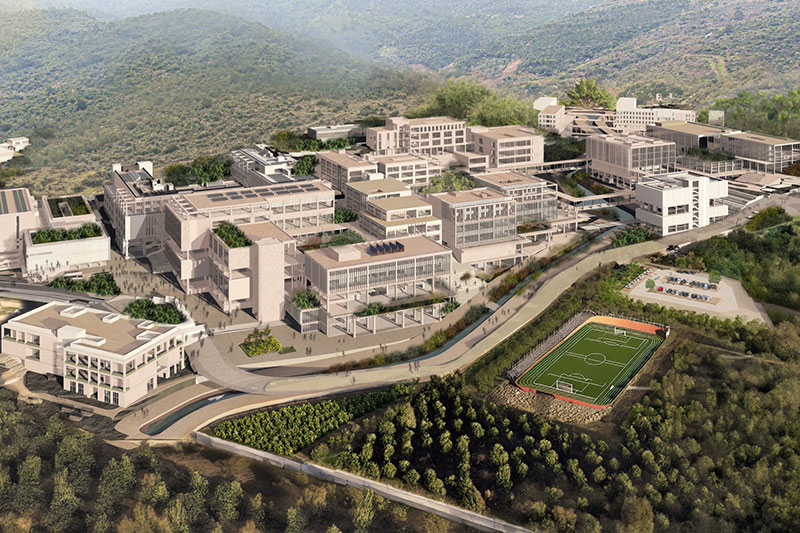
IZMIR UNIVERSITY OF ECONOMICS GÜZELBAHÇE CAMPUS
DetailsGLOBAL CAREER
As Izmir University of Economics transforms into a world-class university, it also raises successful young people with global competence.
More..CONTRIBUTION TO SCIENCE
Izmir University of Economics produces qualified knowledge and competent technologies.
More..VALUING PEOPLE
Izmir University of Economics sees producing social benefit as its reason for existence.
More..

